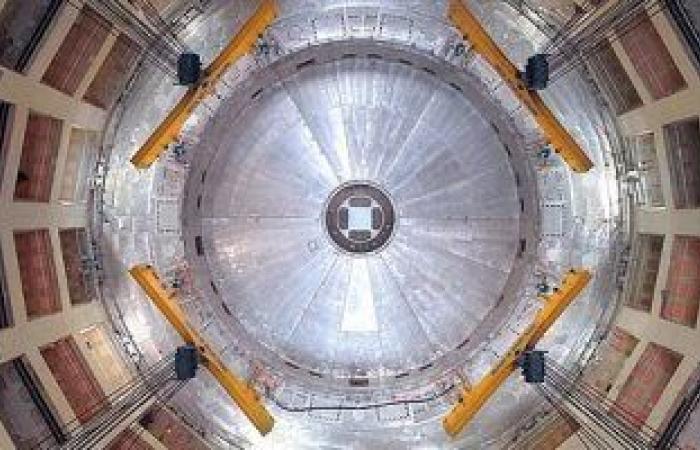A team of MIT researchers and others published research papers in which it was likely that their mini-fusion reactor “Spark” would succeed, although in theory at least, the total papers totaled seven papers, authored by 47 researchers from 12 institutions, explaining that the planning stages did not witness any surprises or obstacles.
According to the Emirati Future Observatory, this means that the research “is likely to succeed in our determination, which we are working on,” according to what the New York Times reported from Martin Crane Wald, project manager and deputy director of the institute’s Center for Integration and Plasma Sciences.
It is known that fusion energy has not yet been achieved, but the technology promises to one day become a clean and safe way to generate energy by integrating atomic nuclei as in the sun, despite the fact that the research of a century has not yet achieved it.
Spark is one of the largest private-funded projects in this field, and it will be the first of its kind: a “burning plasma” reactor that combines isotopes of hydrogen to form helium, without the need to use other energy.
Thanks to advances in superconducting magnets, the team hopes to achieve the efficiency of large reactors, such as the giant “International Thermonuclear Experimental Reactor”, which began construction in July.
Magnets are used to contain super-hot and pressure reactions in the reactor, and this is one of the biggest challenges in the field, and according to the team’s calculations, Spark will be able to generate twice the fusion energy compared to the amount of energy originally needed to catalyze the reaction. If this happened, it would be a great development, because no researcher has reached the stage of energy parity.
Rather, the researchers noted in their paper the theoretical possibility of generating 10 times more energy, but they have a long way to go before they can confirm this, and the team hopes to build its compressed reactor over the next three or four years, with the aim of starting generating electricity from it in 2035.
“What we are trying: to build the project first on the strongest possible physical basis, to be confident in its future performance, and then to guide and answer engineering design questions,” Greenwald said in an official statement.
These were the details of the news Massachusetts Institute of Technology researchers are optimistic about the success of... for this day. We hope that we have succeeded by giving you the full details and information. To follow all our news, you can subscribe to the alerts system or to one of our different systems to provide you with all that is new.
It is also worth noting that the original news has been published and is available at eg24.news and the editorial team at AlKhaleej Today has confirmed it and it has been modified, and it may have been completely transferred or quoted from it and you can read and follow this news from its main source.

